The Paris metro is a quick, efficient, and relatively cheap way to get around the city of Paris. It is made up of 16 different lines that crisscross the city, with each line being represented by a different color. In total, there are more than 300 metro stations in Paris.
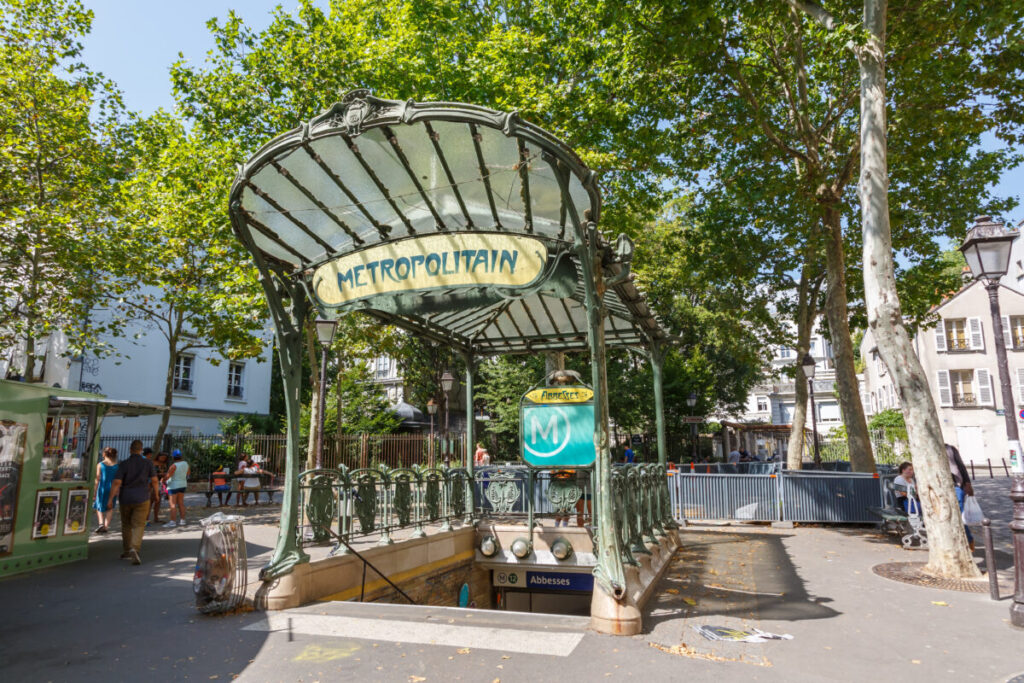
You might be wondering how the Paris metro system works if you’re planning a trip to the city. Or, you might be curious about the different types of stations and how to use them. In any case, it’s helpful to know a few things about the Paris metro before you travel.
The Paris metro can seem confusing to newcomers, as it is not always clear how to figure out which line to take and where the stations are. In addition, there are some common challenges that people have because they don’t know how to use the metro properly.
For example, many people don’t know that you can buy tickets in advance, which can save you time in line. Or, they don’t realize that there are different types of tickets depending on how far you want to travel.
If you’re curious about the Paris metro and want to learn more, read on for everything you need to know.
Table of Contents
What is the Paris metro?

The Paris metro is a rapid transit system that serves the city of Paris and its surrounding suburbs. It is one of the oldest metro systems in the world, and it first opened in 1900.
Today, the Paris metro is made up of 16 different lines. Each line is represented by a different color, and they are all named after the end destination of that particular line.
For example, Line 1 is known as the “Château de Vincennes – La Défense” line because it goes from Château de Vincennes to La Défense.
In total, there are more than 300 metro stations in Paris. The Paris metro is used by more than 4 million people every day, making it one of the busiest metros in the world.
History of the Paris Metro
The Paris metro system, also known as the Métro, is one of the oldest and most extensive metro systems in the world.
How does the Paris metro work?
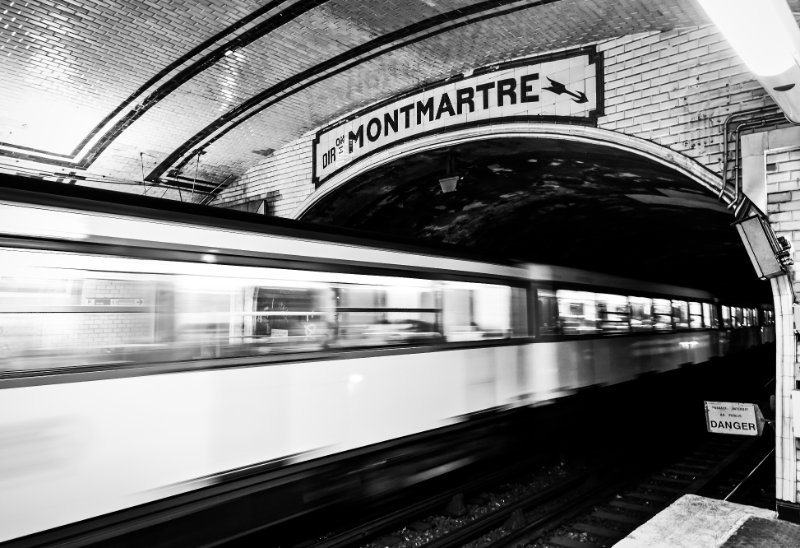
The Paris metro works by having trains that run underground to different stations around the city. To use the metro, you will need to purchase a ticket. Tickets can be bought at the ticket office at each station, or from a ticket machine.
You can also buy tickets in advance from some tobacconists and newsstands, as well as online. If you’re planning to use the metro a lot during your trip, it might be worth buying a pass. There are different types of passes depending on how long you want to use the metro, and how often.
For example, there is a 1-day pass that costs €11.50, and a 7-day pass that costs €35.40. There are also passes for specific types of people, such as seniors, students, and children under the age of 4.
Once you have a ticket or pass, you will need to validate it at one of the machines in the station before boarding the train. To do this, you will insert your ticket into the machine, and it will stamp the time and date on the ticket.
You will need to show your validated ticket to a metro employee when you board the train. Once you’re on the train, you can sit or stand until you reach your stop.
When you’re ready to get off at your stop, look for the signs that say “sortie” (exit) to find the way out of the station.
Types of Paris metro stations
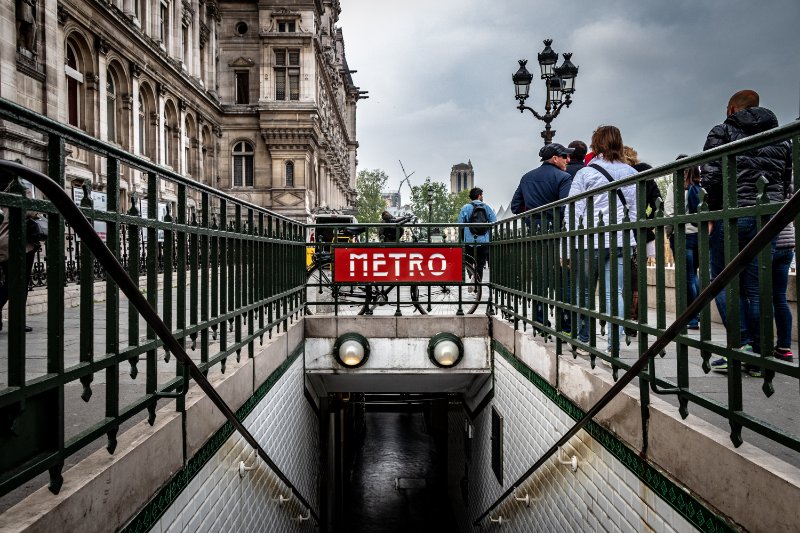
There are three types of Paris metro stations: underground, elevated, and surface. The majority of metro stations in Paris are underground, meaning that the trains run through tunnels to get to the platforms. These stations typically have two levels: the upper level for entrances and exits, and the lower level for the platforms.
Elevated stations have the platforms and tracks on a raised platform. These types of stations are less common but can be found on Line 2 and 6.
Surface stations are above ground and typically only have one level. These are the rarest type of stations, and they can be found on Line 4 and Line 11.
Tips for Traveling on the Paris Metro
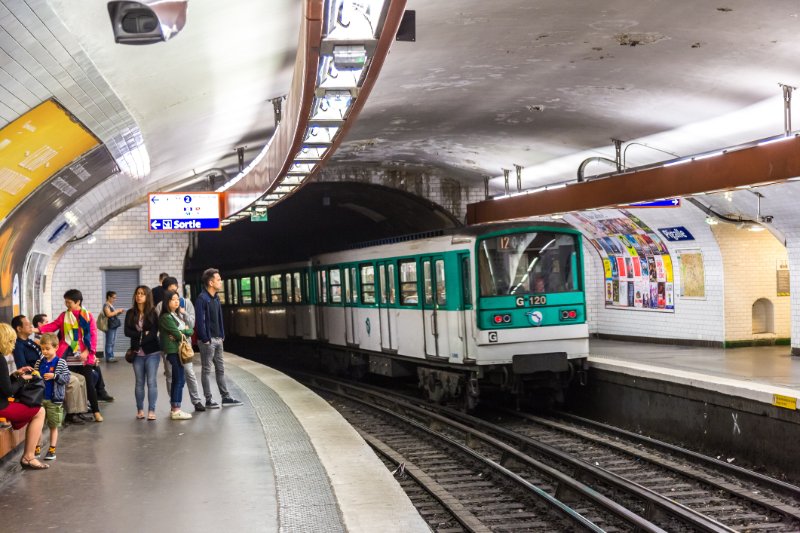
Now that you know a little bit about the Paris metro, it’s time to learn how to use it. Here are some tips for using the metro effectively:
- Purchase your ticket in advance if possible. This will save you time waiting in line at the ticket office or machine.
- Know which type of ticket you need before you get to the station. There are different types of tickets depending on how far you want to travel.
- Validate your ticket before boarding the train. You will need to do this at one of the machines in the station.
- Be aware of your belongings while on the train. Pickpockets are known to target metro passengers, so it’s important to keep an eye on your things.
- If you’re unsure of which direction to go in, ask a metro employee for help. They will be able to point you in the right direction.
- Follow the signs that say “sortie” to find the exit when you’re ready to get off at your stop.
- If you get lost, don’t hesitate to ask for help. There are employees in every station who can help you find your way.
With these tips in mind, you can start using the Paris metro like a pro!
See Related: Is It Illegal to Work Weekends in Paris?
How do I buy tickets?
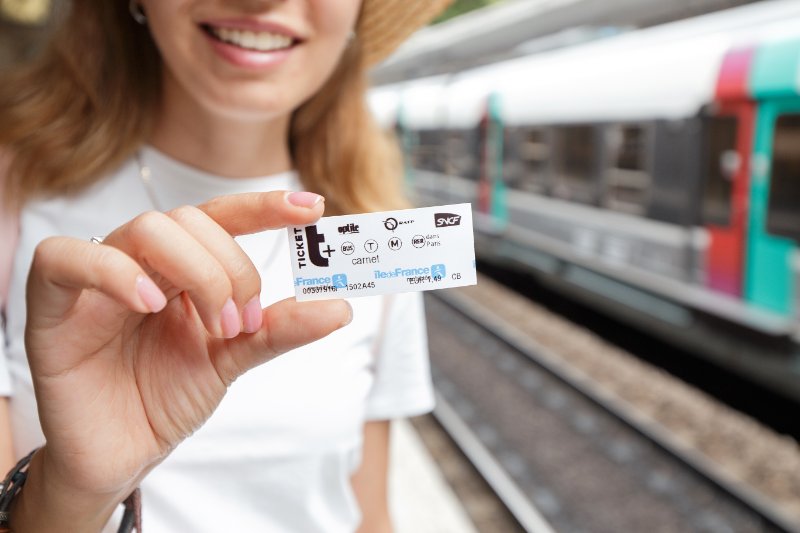
If you’re planning on using the Paris metro system during your stay, you’ll need to buy tickets in advance. Tickets can be purchased at any of the ticket windows located throughout the station, but during peak hours these lines can get quite long. To help reduce travel times, automatic ticketing machines are located at each station.
These machines accept coins (some also take cash) and credit cards (make sure your card has the chip), so you won’t have to wait in line. They also come in many languages, so don’t worry if you don’t speak French. Tickets are also available from Tabac stores, cigarette shops, or newsstands. So next time you plan a trip on the Paris metro, buy your tickets in advance to avoid any unnecessary delays.
FAQs
How many metro stations are there in Paris?
As of 2019, there are 302 metro stations in Paris.
What are the different types of metro stations in Paris?
There are three types of metro stations in Paris: above-ground stations, underground stations, and elevated stations. Above-ground stations are typically at street level and have entrances that let people walk right onto the sidewalk. Underground metro stations are below street level and can be accessed through staircases or escalators that go down from the sidewalk. Elevated metro stations are on platforms that are raised above the ground and they’re usually accessed through stairs or elevators.
Please rate this post